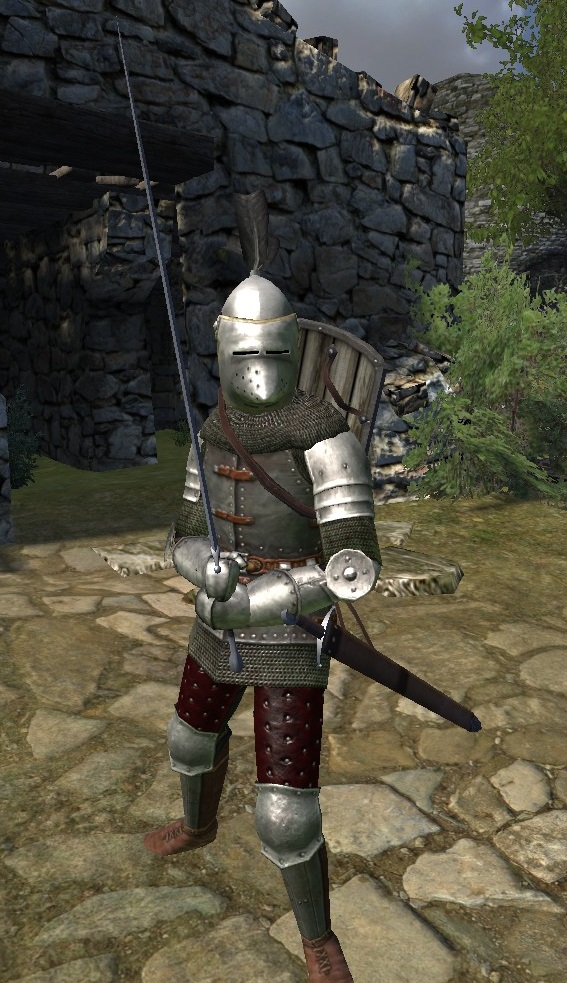Mount & Blade Warband Multiplayer
In Mount & Blade II: Bannerlord, you need to keep your head about you at all times. And with the game’s new death system, this rings especially true, lest your adventures come to an abrupt end to the executioner’s axe!
| Developer(s) | AT&T Bell Laboratories |
|---|---|
| Initial release | November 3, 1971; 47 years ago |
| Operating system | Unix and Unix-like |
| Type | Command |
In computing, mount is a command in various operating systems. Before a user can access a file on a Unix-like machine, the file system that contains it needs to be mounted with the mount command. Frequently mount is used for SD card, USB storage, DVD and other removable storage devices. The command is also available in the EFI shell.[1]
Overview[edit]
The mount command instructs the operating system that a file system is ready to use, and associates it with a particular point in the overall file system hierarchy (its mount point) and sets options relating to its access. Mounting makes file systems, files, directories, devices and special files available for use and available to the user. Its counterpart umount instructs the operating system that the file system should be disassociated from its mount point, making it no longer accessible and may be removed from the computer. It is important to umount a device before removing it since changes to files may have only partially been written and are completed as part of the umount.
The mount and umount commands require root user privilege to effect changes. Alternately, specific privileges to perform the corresponding action may have been previously granted by the root user. A file system can be defined as user mountable in the /etc/fstab file by the root user.

Use[edit]
Display all mounted partitions:
This example will mount the second partition of a HDD (hard disk drive):
and will unmount (by referring to the physical disk partition):
or (by referring to the mount point)
To remount a partition with specific options:
Derivatives and wrappers[edit]
pmount is a wrapper around the standard mount program which permits normal users to mount removable devices without a matching /etc/fstab entry. This provides a robust basis for automounting frameworks like GNOME's Utopia project and keeps the usage of root to a minimum.
This package also contains a wrapper pmount-hal, which reads information such as device labels and mount options from HAL and passes it to pmount.
The gnome-mount package contains programs for mounting, unmounting and ejecting storage devices. The goal for gnome-mount is for GNOME software such as gnome-volume-manager and GNOME-VFS to use this instead of invoking mount/umount/eject/pmount or direct HAL invoking methods. GNOME previously used pmount. Note, gnome-mount is not intended for direct use by users.
All the gnome-mount programs utilize HAL methods and as such run unprivileged. The rationale for gnome-mount is to have a centralized place (in GConf) where settings such as mount options and mount locations are maintained.[2]
Mount Blade Warband Multiplayer Serial Key

As with all unix-like commands, the options are specific to the version of mount and are precisely detailed in its man page.
In addition to the system call mount, the function mount_root() mounts the first, or root filesystem. In this context mount is called by the system call setup.
See also[edit]
References[edit]
- ^'EFI Shells and Scripting'. Intel. Retrieved 2013-09-25.
- ^gnome-mount-0.6Archived 2008-06-05 at the Wayback Machine

Mount & Blade Warband Multiplayer Mod
External links[edit]
mount(1)– Version 7 Unix Programmer's Manualmount(8)– Linux Administration and Privileged Commands Manualmount(8)– FreeBSD System Manager's Manualpmount(1)– Linux User Commands Manualgnome-mount(1)– Linux User Commands Manual